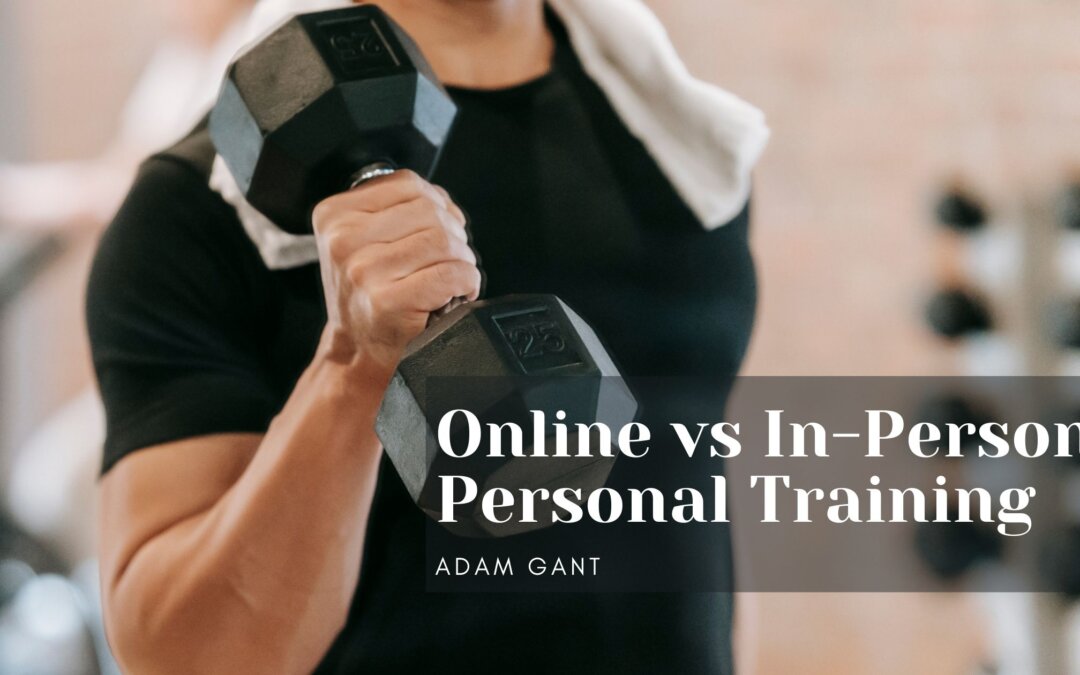Personal training has become an increasingly popular way for athletes to achieve their fitness goals. With technology, there are now options for personal training. Both online and in-person have advantages and disadvantages; athletes must carefully consider their needs and preferences before choosing one.
Online Personal Training
Online personal training involves working remotely with a personal trainer, typically via video conferencing or a fitness app.
Pros:
- Convenience: Online personal training offers accessibility, as athletes can work with a trainer from anywhere in the world, anytime.
- Cost-effective: Online personal training is often more affordable than in-person training, as trainers don’t need to rent a physical space or travel to meet with clients.
- Flexibility: Online personal training allows for greater flexibility, as athletes can fit their workouts into their schedule rather than working around a trainer’s availability.
Cons:
- Lack of accountability: Without the in-person accountability of a trainer, athletes may be more likely to skip workouts or not push themselves as hard.
- Limited equipment: Online personal training may be limited by the equipment athletes can access at home or in their gym.
- Difficult to correct form: Online personal trainers may struggle to ensure their clients perform exercises correctly without the ability to see and correct an athlete’s form physically.
In-Person Personal Training
In-person personal training involves working with a personal trainer face-to-face, typically in a gym or fitness studio.
Pros:
- Personalized attention: In-person personal training allows for more personalized attention, as trainers can physically observe an athlete’s form and technique and adjust as needed.
- Accountability: In-person personal training provides greater responsibility, as athletes are likelier to show up for their sessions and push themselves harder when working with a trainer.
- Access to equipment: In-person personal training provides access to a broader range of equipment, which can be important for athletes with specific fitness goals.
Cons:
- Limited availability: In-person personal training may be limited by the trainer’s availability and the gym or fitness studio.
- Higher cost: In-person personal training is often more expensive than online personal training, as trainers must rent a physical space and travel to meet with clients.
- Less flexibility: In-person personal training may be less flexible than online personal training, as athletes need to work around the trainer’s availability.
When it comes to personal training, there is no one-size-fits-all solution. Athletes must carefully consider their needs and preferences before choosing between online and in-person personal training. Online personal training may be the better option if convenience and cost-effectiveness are essential. If personalized attention and accountability are a priority, in-person personal training may be the better choice. Ultimately, both options offer benefits and drawbacks, and athletes should choose the option that best aligns with their goals and lifestyle.

